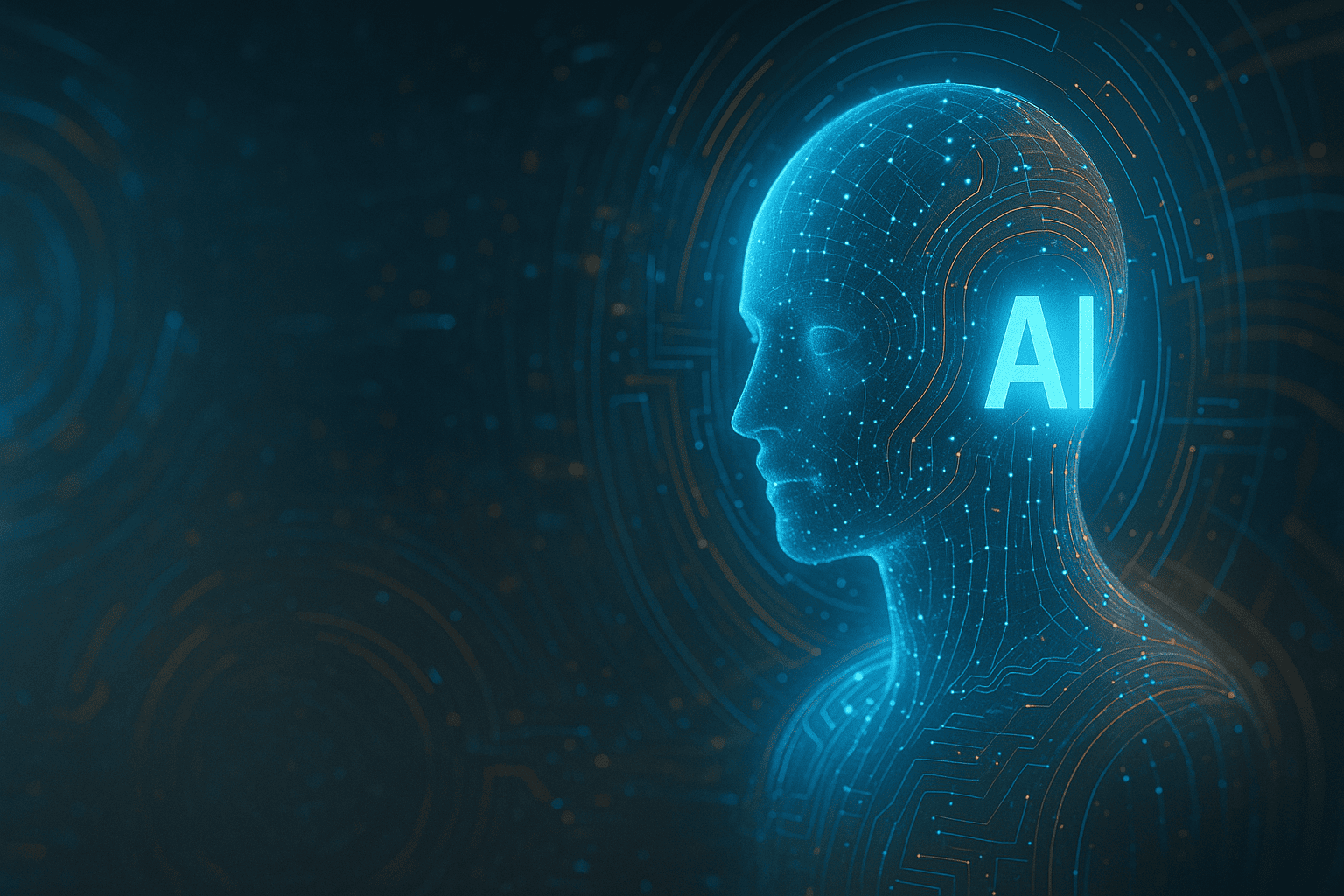AI Decoded: What Your Business Should Know About the Tools Shaping 2025
If you wander into almost any IT department in 2025, chances are you’ll overhear a familiar refrain at least once a week:
“Have you tried that new AI tool yet? I heard it’s a total game-changer.”
This isn’t just idle chatter. It reflects a very real shift happening across industries. The AI marketplace is not only overflowing with new tools and platforms—it’s overflowing with both promise and noise. There are solutions that genuinely transform how we work, and there are others that are little more than flashy distractions. According to a recent McKinsey survey, 78% of companies are already using AI in some capacity, and that percentage is climbing steadily. For many organizations, the pressing question isn’t whether to use AI, but which tools make sense for them and how to implement them responsibly.
Why AI Feels Different This Time Around
Artificial intelligence itself is not new. Businesses have been experimenting with it for years, from chatbots that answer simple customer questions to algorithms that recommend products in your online shopping cart. What feels different now is the maturity of the technology and the sheer breadth of what it can do.
Over just the past two years, AI models have grown dramatically more sophisticated. They can now interpret context, generate original content, and even shift fluidly across different formats—text, images, audio, and video—sometimes all in the same workflow. This leap forward is powered by three key pillars:
- Machine Learning (ML): These systems get smarter every time they encounter new data. That’s why your streaming service knows what show you want before you do. For businesses, this means better predictions, sharper analytics, and more accurate personalization.
- Natural Language Processing (NLP): Once upon a time, software could only recognize keywords. Now, NLP allows machines to actually understand intent. So when you type, “Can you pull last quarter’s financial metrics?” the AI responds intelligently, instead of serving up a scattershot of search results.
- Generative AI: Perhaps the buzziest area of all. This is the creative engine that produces original work on demand—anything from a paragraph of marketing copy to a block of computer code, a digital painting, or even a video.
Together, these three technologies explain why AI no longer feels like a distant science experiment. It has become practical, usable, and—if you choose the right tools—downright transformative.
The Tool Categories Worth Knowing in 2025
The AI landscape is sprawling, but most of the action falls into a few recognizable categories. Let’s break down what’s available and why it matters.
Chatbots & Virtual Assistants
These tools are designed to make communication easier, whether with customers or within teams.
- ChatGPT has evolved beyond text. It now handles images, audio, and real-time conversation, while remembering your preferences over time.
- Google Gemini lives inside Gmail, Sheets, and Docs, making it especially valuable for teams already invested in Google Workspace.
- Grok AI takes a different tack, leaning into problem-solving and heavy-duty reasoning by pulling in live information when needed.
Content Creation
AI is quickly becoming a co-pilot for marketing teams and content professionals.
- Jasper AI is built for marketers, with SEO and formatting baked right in.
- Anyword is a favorite for tailoring tone and style to specific audiences.
- Writer focuses on consistency, helping enterprises keep every piece of content aligned with their brand voice.
Image & Design
The visual side of AI has exploded, giving both professionals and hobbyists new creative superpowers.
- Midjourney is widely loved for its bold, artistic imagery.
- Stable Diffusion provides power users with granular control and open-ended customization.
- DALL·E 3 is integrated directly into ChatGPT, making quick edits and iterations simple.
- Google Imagen 3 stands out for precision and multilingual prompt handling.
- Adobe Firefly emphasizes legal safety and integrates seamlessly into Photoshop.
Video & Storytelling
Video is no longer a barrier reserved for studios with big budgets.
- Runway ML blends image generation with video editing, opening new doors for creators.
- Descript and Filmora streamline editing and transcription, making professional-looking content accessible to almost anyone.
Search & Research
The days of endless browser tabs may finally be numbered.
- Perplexity AI combines live web search with trustworthy AI-generated summaries.
- Arc Search speeds up research by cutting through clutter and delivering concise, on-the-fly results.
Productivity & Collaboration
AI is also reshaping how teams organize, plan, and collaborate.
- Notion AI and Mem surface relevant knowledge exactly when you need it.
- Asana, Any.do, and BeeDone bring intelligence to project management and scheduling.
- Fireflies and Avoma act as meeting assistants, taking notes so humans can focus on the discussion.
- Reclaim and Clockwise work behind the scenes to untangle messy calendars and make meetings less of a scheduling nightmare.
A Final Thought (and a Healthy Dose of Caution)
The current lineup of AI tools is powerful, but let’s be clear—they’re not magic bullets. They won’t fix broken processes overnight, and they won’t make human judgment obsolete. The smartest approach is to start small.
Try one experiment this quarter. Pick a tool, test it with a real workflow, and see what changes. Small steps today create the foundation for bigger leaps tomorrow.
If you’re unsure where to begin, you’re not alone. With so many platforms competing for attention, it’s easy to feel overwhelmed. That’s where we come in. We can help you sort through the noise, identify the tools that fit your business, and skip the ones that don’t add real value.
The AI wave is here—it’s up to you to decide whether to surf it or let it crash past.


